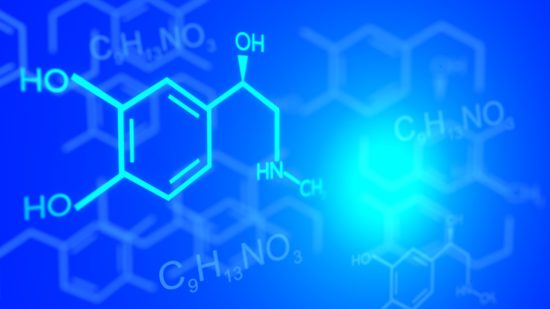Antimicrobial Properties on Non-Antibiotic Drugs in the Era of Increased Bacterial Resistance
In recent years, due to the dramatic increase in and global spread of bacterial resistance to a number of commonly used antibacterial agents, many studies have been directed at investigating drugs whose primary therapeutic purpose is not antimicrobial action. In an era where it is becoming increasingly difficult to find new antimicrobial drugs, it is important to understand these antimicrobial effects and their potential clinical implications. Numerous studies report the antibacterial activity of non-steroidal anti-inflammatory drugs, local anaesthetics, phenothiazines such as chlorpromazine, levomepromazine, promethazine, trifluoperazine, methdilazine and thioridazine, antidepressants, antiplatelets and statins. Several studies have explored a possible protective effect of statins inreducing the morbidity and mortality of many infectious diseases. Various non-antibiotic agents exhibit antimicrobial activity via multiple and different mechanisms of action
AMR NEWS
Every two weeks in your inbox
Because there should be one newsletter that brings together all One Health news related to antimicrobial resistance: AMR NEWS!





